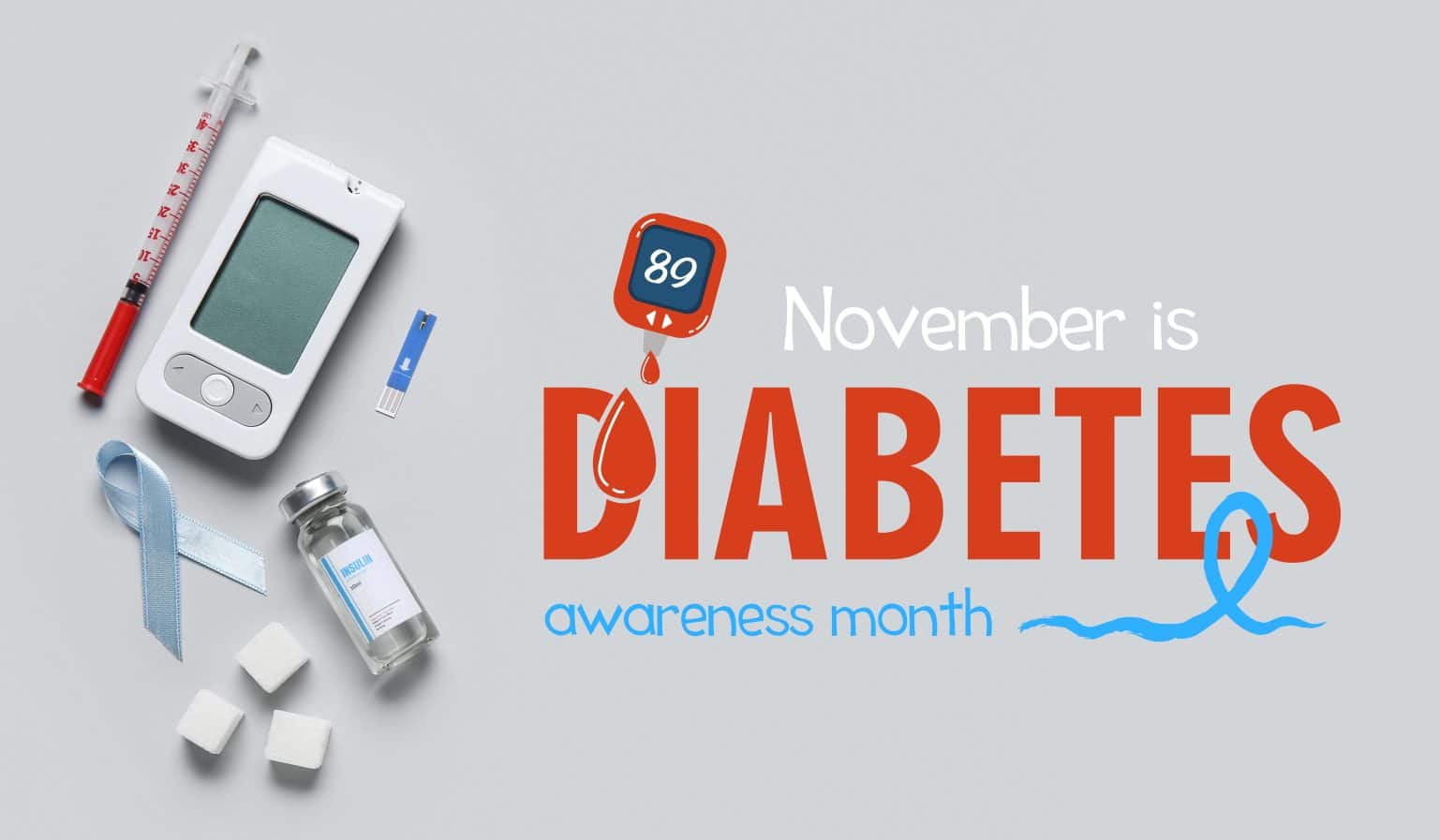Diabetes, a chronic condition affecting how the body processes blood glucose, is a growing concern worldwide. Two primary forms, Type 1 and Type 2, have distinct causes but share the need for effective management. When diabetes is left unchecked, it can lead to severe complications, including heart disease, kidney issues, and vision loss. Public education on diabetes is critical to improving early diagnosis rates and supporting better long-term health outcomes.
Community-level initiatives play a crucial role in reaching those who may not have direct access to healthcare information or resources. Local events, health campaigns, and educational materials help people learn about diabetes, understand the risks, and take steps to reduce them.
Key Elements of a Successful Diabetes Awareness Campaign
Creating an effective diabetes awareness campaign involves several steps, from planning to community engagement. Here are essential strategies that contribute to a well-rounded and impactful campaign:
- Define Your Awareness Objectives
Before launching any awareness initiative, establish clear objectives for what you want to achieve. Do you aim to increase knowledge about diabetes symptoms, reduce stigma associated with the condition, or promote lifestyle changes? Setting defined goals allows for targeted messaging, helping the campaign resonate more effectively with the community.
These goals might include:
- Educating about the different types of diabetes
- Sharing information on risk factors and prevention
- Encouraging screenings and early diagnosis
- Offering resources for diabetes management
- Choose Accessible Awareness Materials
To effectively spread diabetes awareness, use accessible and engaging materials. Posters, infographics, and digital resources provide quick information that can be shared easily in public spaces or online. A diabetes awareness poster template offers a ready-to-use option that can be tailored to fit the community’s needs, making it straightforward for organisers to create visually appealing educational materials.
These posters should cover essential facts, such as:
- Common symptoms of diabetes
- Tips for maintaining a healthy diet and lifestyle
- Resources for free or low-cost health screenings
- Local support groups and educational sessions
Customised templates from sources like Adobe’s diabetes awareness poster template offer a convenient way to develop polished, professional-looking materials without extensive design skills.
Organising Community Events for Greater Impact
In-person or virtual events can drive home the message of diabetes awareness, encouraging community participation and support. Here’s how to make these events effective:
- Health Fairs and Screening Events
Organising a health fair or screening day invites people to check their blood sugar levels and learn about diabetes in a hands-on environment. Collaborate with local health organisations or clinics to provide on-site screenings, nutritional advice, and educational talks. Having healthcare professionals present can address individual concerns and answer questions about risk factors and prevention methods.
- Informational Workshops and Webinars
Hosting informational workshops, whether in-person or online, allows experts to share insights into diabetes management and prevention. Topics can range from dietary advice to exercise routines and stress management techniques. Workshops offer an interactive platform where community members can gain practical skills and resources to take control of their health.
Interactive sessions encourage engagement, allowing attendees to ask questions and discuss their own challenges or concerns regarding diabetes management.
Leveraging Social Media and Local Media Channels
Promoting diabetes awareness on social media is an efficient way to reach a larger audience. Platforms like Facebook, Instagram, and Twitter are ideal for spreading messages, sharing stories, and providing educational content. For example, share success stories of community members who manage diabetes effectively or short posts with healthy lifestyle tips to keep engagement high.
Use infographics, videos, and stories to educate followers on key diabetes facts. For instance, post simple tips on what foods to include in a diabetes-friendly diet or how to incorporate more activity into daily routines. The more interactive and visually engaging the content, the more likely it will be shared among users, extending the campaign’s reach.
Local newspapers, radio stations, and television channels can amplify awareness efforts by providing coverage for events, interviews, and educational pieces. They can help highlight the importance of diabetes awareness within the community and draw attention to upcoming workshops or screenings. Collaborating with local media not only enhances visibility but also positions the initiative as a credible source of public health information.
Engaging Schools and Community Centres
Community centres, schools, and recreational facilities can play an instrumental role in spreading diabetes awareness. Engaging these institutions ensures that messages reach diverse age groups and backgrounds, reinforcing the importance of early prevention.
Incorporate diabetes awareness into school health programs or assemblies. Provide age-appropriate materials, like colourful posters and easy-to-understand pamphlets, that introduce children and teens to basic diabetes information. Early education helps foster healthier habits, which can reduce the risk of diabetes in later years.
Many community centres already offer health programs, making them ideal locations for diabetes education sessions. Support groups for individuals living with diabetes can provide resources and emotional support, helping them feel part of a larger community. Regular meetups at community centres allow participants to discuss challenges, share management strategies, and learn from others.

